How the women of Tajikistan live
Photographer Mashid Mohajerin was eight when she and her family left Iran after the revolution. She still remembers how sad it was for her to leave her native places and how difficult it was to get used to life in a new country. First she lived in Pakistan, then in Belgium and finally in New York. While working on another project in Moscow, she met migrant workers aged 17 to 55 at the market. They all came from Tajikistan, and no one took their wives or children with them, leaving them in their native land, which at the same time seems so alien.
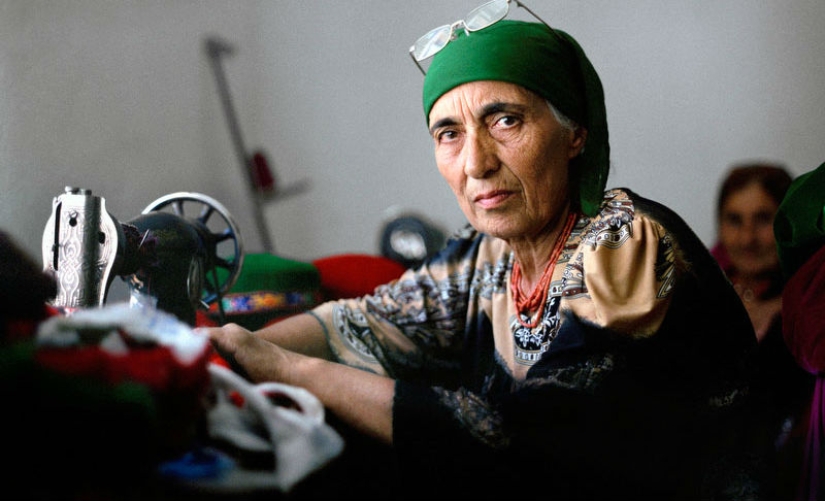 Photo: Mashid Mohadjerin
Photo: Mashid Mohadjerin

Torsonmoh is the chairwoman of the Tirchit organization, which has 85 members, in Khorog. The members of the group bring income to their village, while at the same time inspiring other villages in Tajikistan.
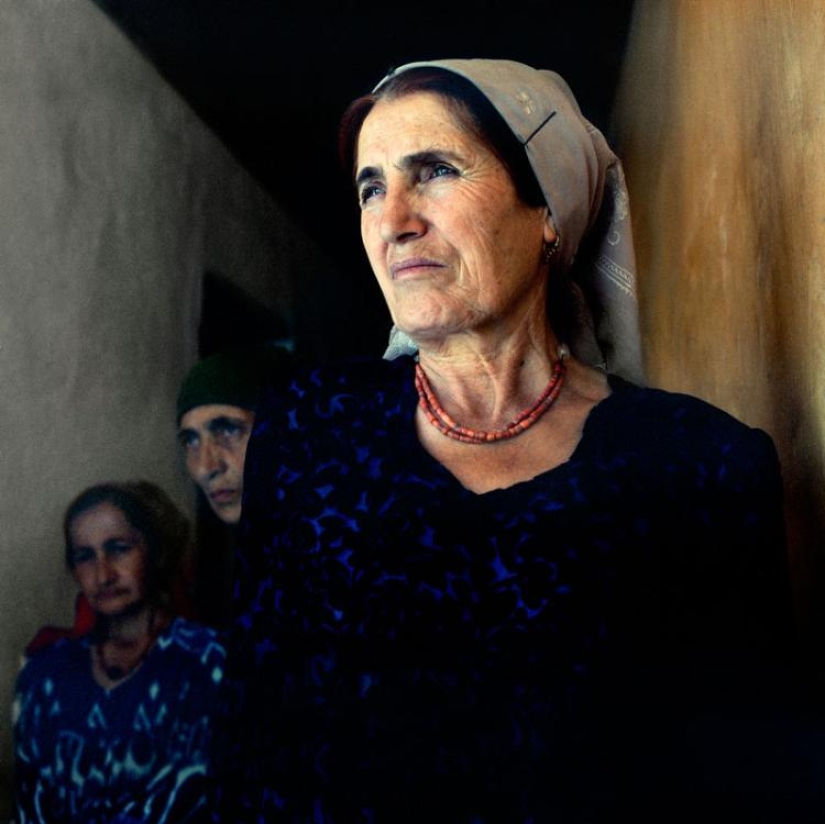
This girl lives in the slums of Khorog. She became a victim of a human trafficker when she was trying to find a job abroad.
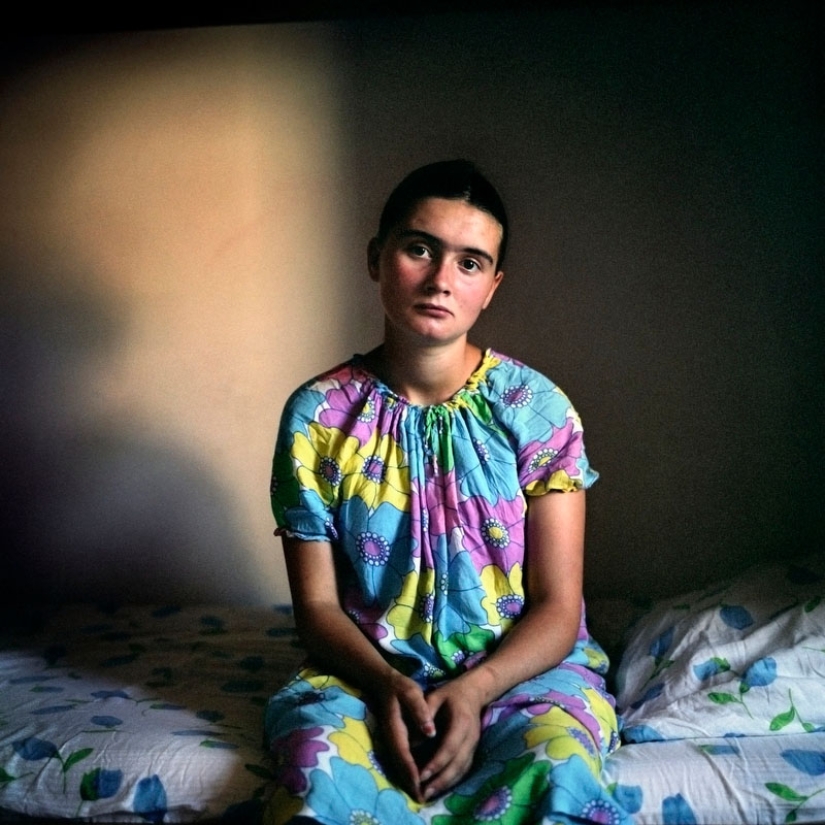
The husband of this woman left the village of Nau eight years ago — he left for the construction of a cottage after reading the newspaper "Suburban real estate: private ads". For the first few years he sent money for his wife and their three children, but for the last two years she had not heard from him.
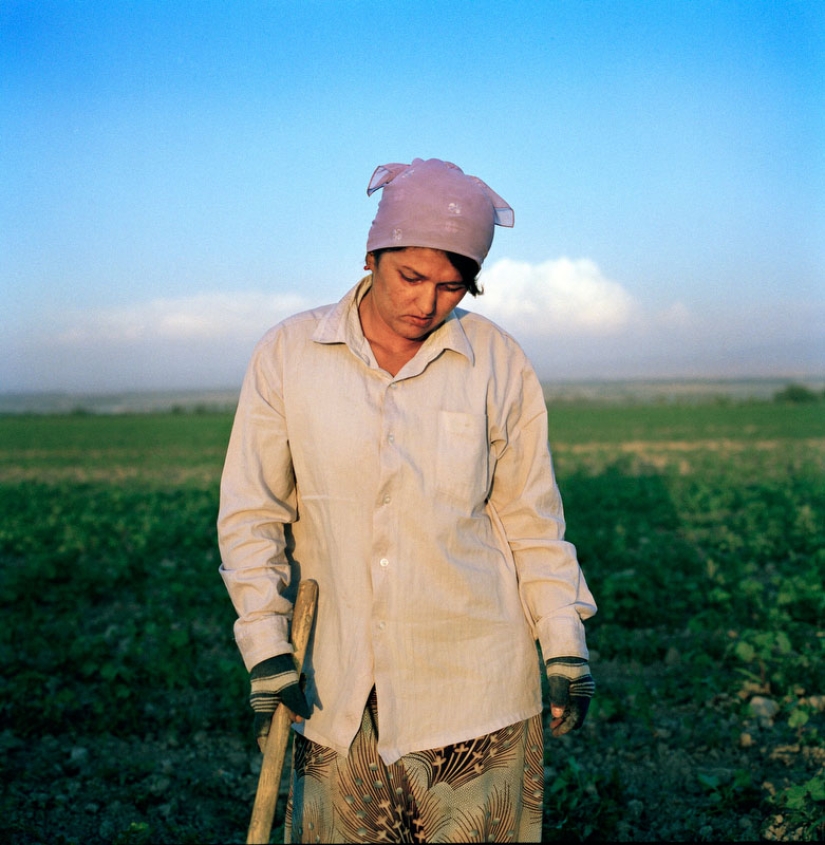
Zarifa, Sahiba and Golfina work in the field in the morning, and their mothers sell vegetables at the market in Nau.

The remains of military equipment are an echo of the 1992-1997 civil war, in which tens of thousands of people died.
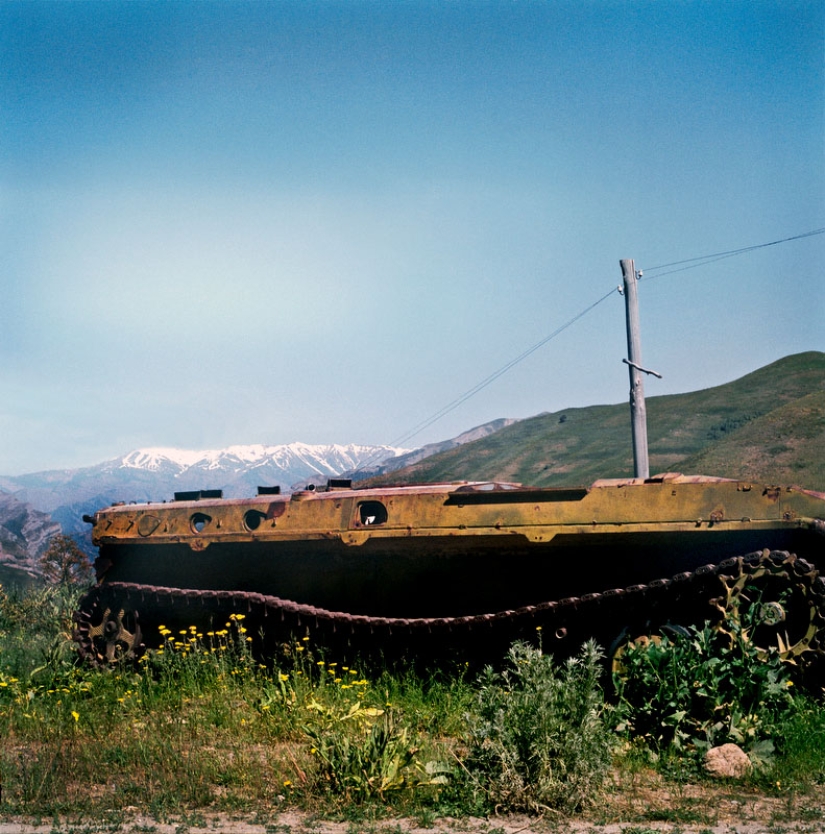
Firoza works 16 hours seven days a week on land that she and her neighbors rent from a collective farm. Cotton is the second largest export product in Tajikistan.
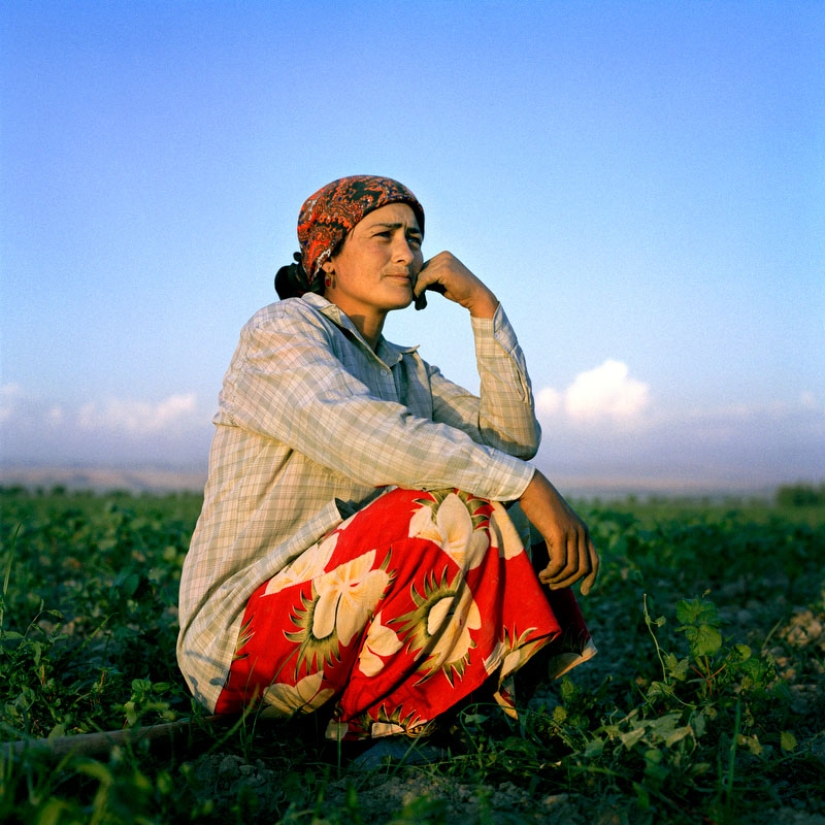
This picture was taken at a women's clothing factory. Women sew clothes here for special occasions, such as weddings and engagements. They hope that this enterprise will help them keep their husbands' houses in order.
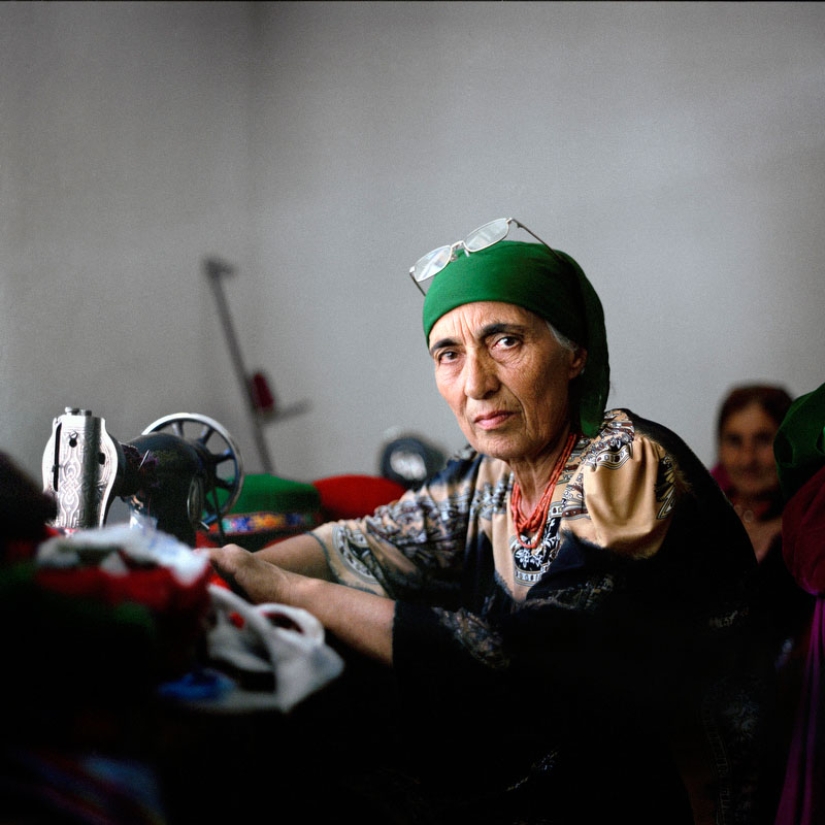
A veteran of the Great Patriotic War with his granddaughter in the village of Andarro. The girl's father left for Russia before she was born and has not yet returned.
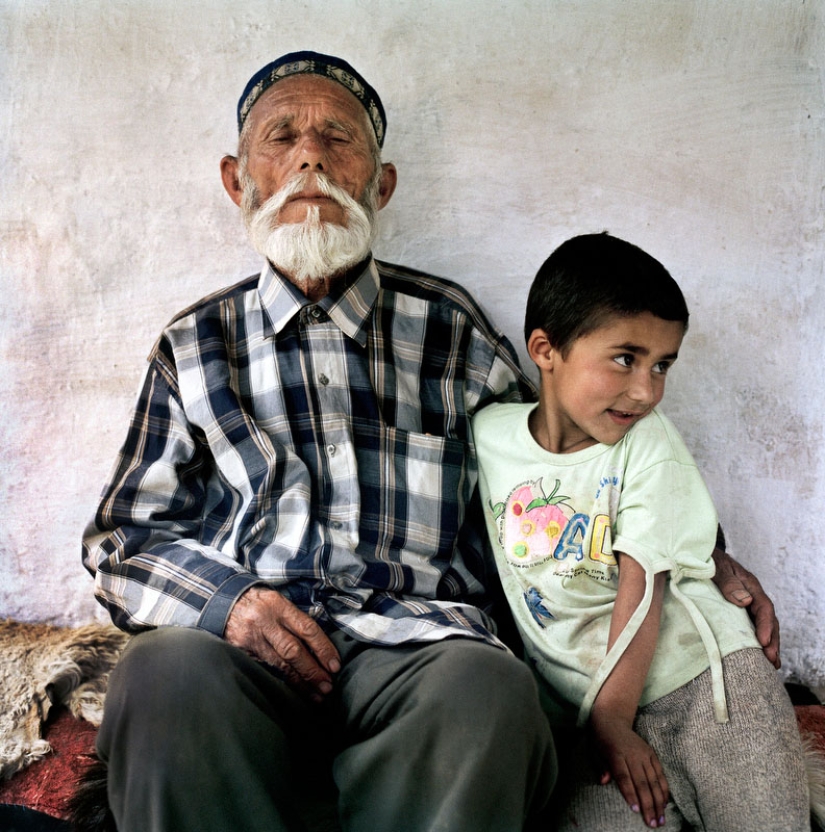
Elderly people nostalgically recall the times of the Soviet Union, when life was easier for them.
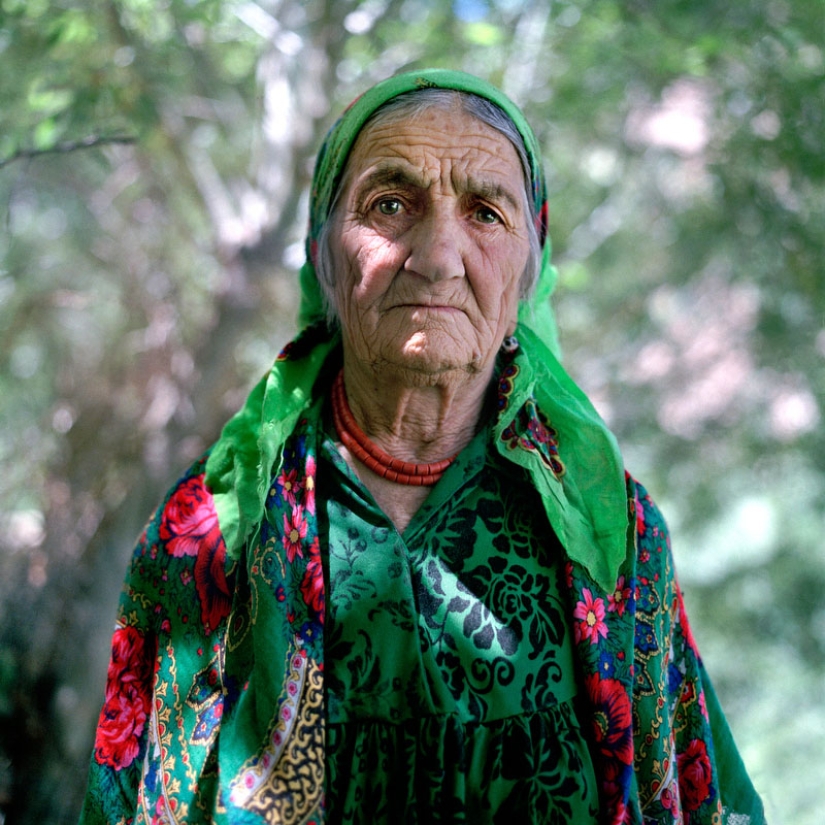
Dashteshor has great potential for the construction of a hydroelectric power station, but many parts of the republic still remain without electricity and heating in winter.
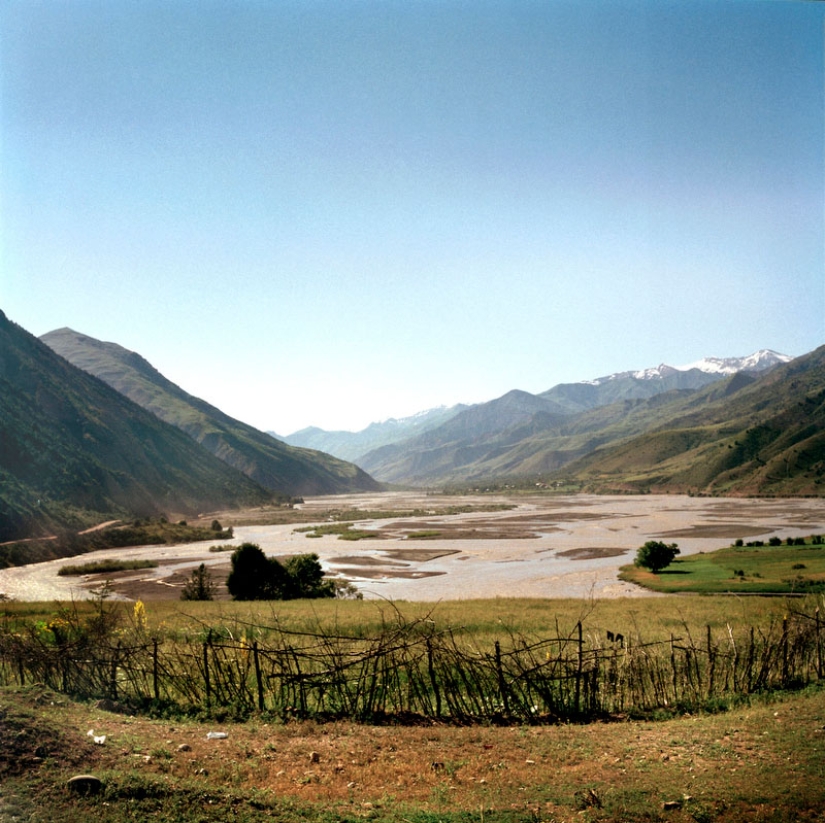
Latofat's husband left his native village of Andarro together with 280 other men and left Tajikistan to work in Russia. According to rumors, he already even has a credit card. The village receives money from the mountain settlement support program, which pays attention to the development of villages so that their residents can pay for air travel.
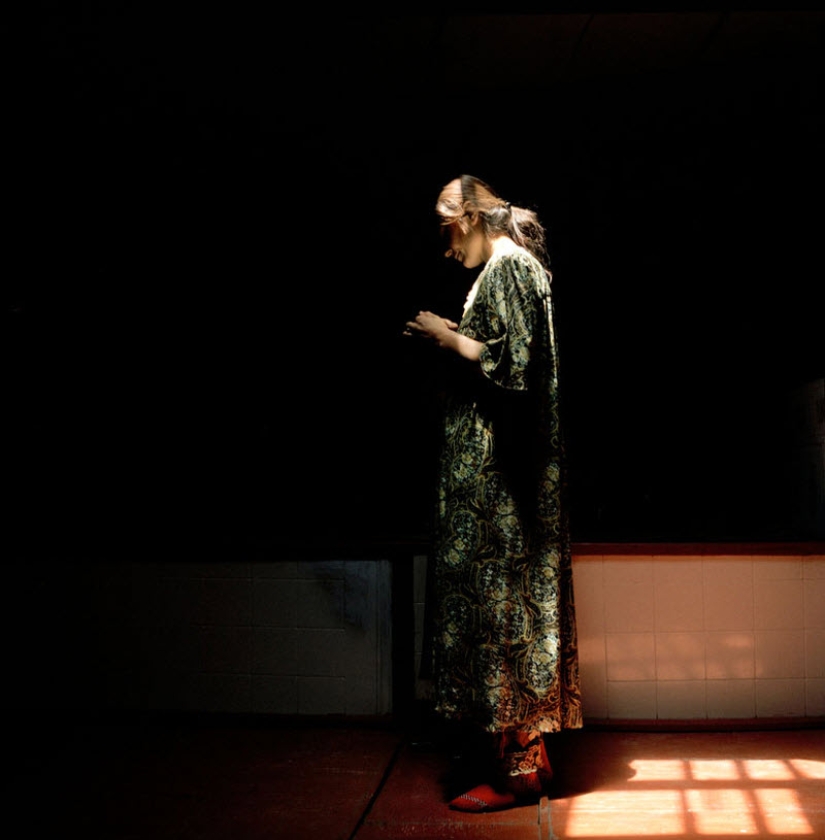
In an apartment in Khujand.
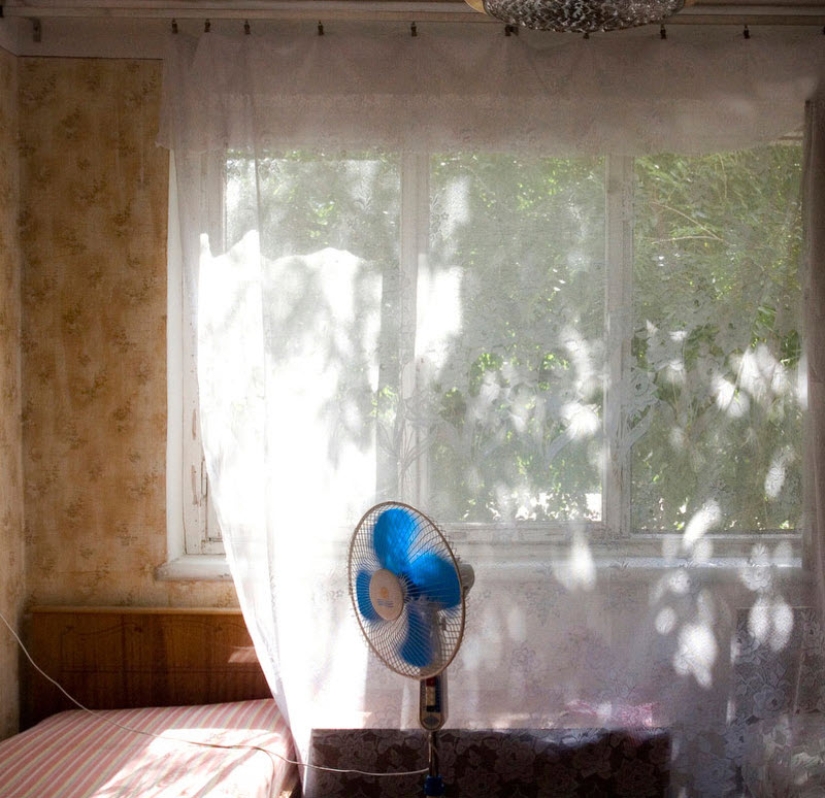
A young shepherd in Garma takes care of a cow — the only source of income for his family.
Keywords: Women | Migrants | Tajikistan | Photographer
Post News ArticleRecent articles

In 1015 the murder of the princes Boris and Gleb, which became the first in Russian history, the Holy martyrs. The brothers do not ...

A hug can mean a lot. Especially if you're a kitten. Kittens and cats love to cuddle. Yes, yes, even your eternally frowning ...
Related articles

They say that cats give birth alone and proud women who can't find their soul mate. A new study of American scientists proved that ...

Zhukov's private life is ambiguous. It was stormy, confused, happy, and tragic. Despite the black-and-white Soviet principles and ...

Perhaps someone thinks that British women of the time of King Edward were modest and reserved, but these police photos prove the ...

There is nothing quite like the joy, pain, fear and excitement of meeting your child for the first time. Pure human emotions at ...